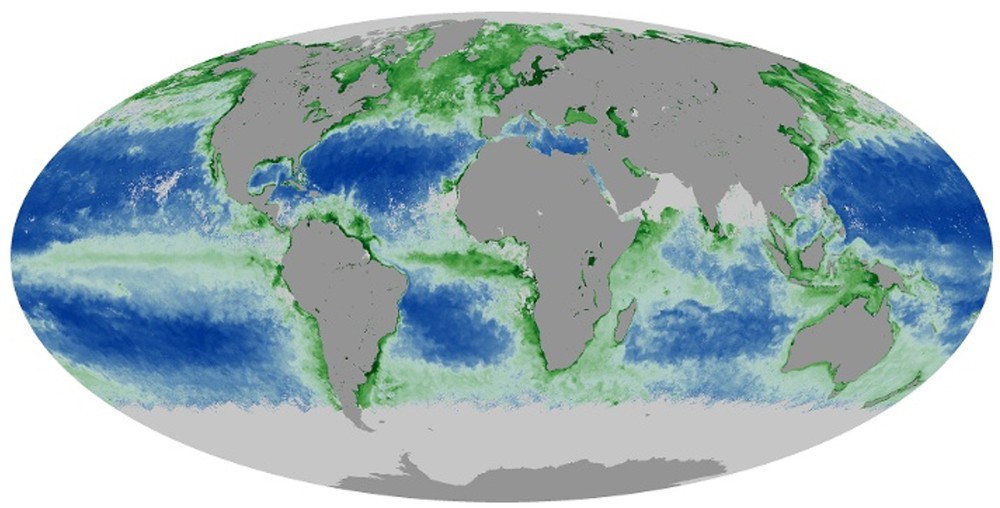Over the past two decades, ocean areas characterized by nutrient scarcity and reduced biodiversity have expanded significantly, nearly doubling from 2.4 percent to 4.5 percent of the global marine area. This expansion, attributed to a process of marine desertification, raises concerns about its potential impact on the climate system and the ecological balance of the oceans. These conclusions come from internationally conducted research involving the ENEA Laboratory dedicated to Climate Models and Services, ISMAR-Cnr (Institute of Marine Science) and the Chinese State Key Laboratory of Satellite Ocean Environment Dynamics (SOED) center. The study, published in Geophysical Research Letters, focused primarily on the behavior of phytoplankton, a collection of microorganisms fundamental to marine life. These organisms, at the base of oceanic trophic networks and capable of absorbing carbon dioxide through photosynthesis, play a crucial role in regulating climate change.
The investigation, carried out through the analysis of satellite data collected between 1998 and 2022, focused on the major subtropical eddies of the Atlantic, Pacific and Indian oceans. These huge circulatory structures, influenced by atmospheric and terrestrial forces, are showing signs of expansion associated with a progressive decrease in surface chlorophyll. Despite this, the overall mass of phytoplankton appears not to have changed significantly, suggesting that deep-sea dynamics need to be further investigated to fully understand the effects on the ocean system and global climate.
Side image: earthobservatory.nasa.gov
In the representation obtained from satellite data, areas with blue hues correspond to particularly low levels of chlorophyll, while areas highlighted in green signal a higher abundance of this pigment, indicative of more intense surface biological activity.


